How to choose a road helmet?
Five tips to help you find the right road helmet
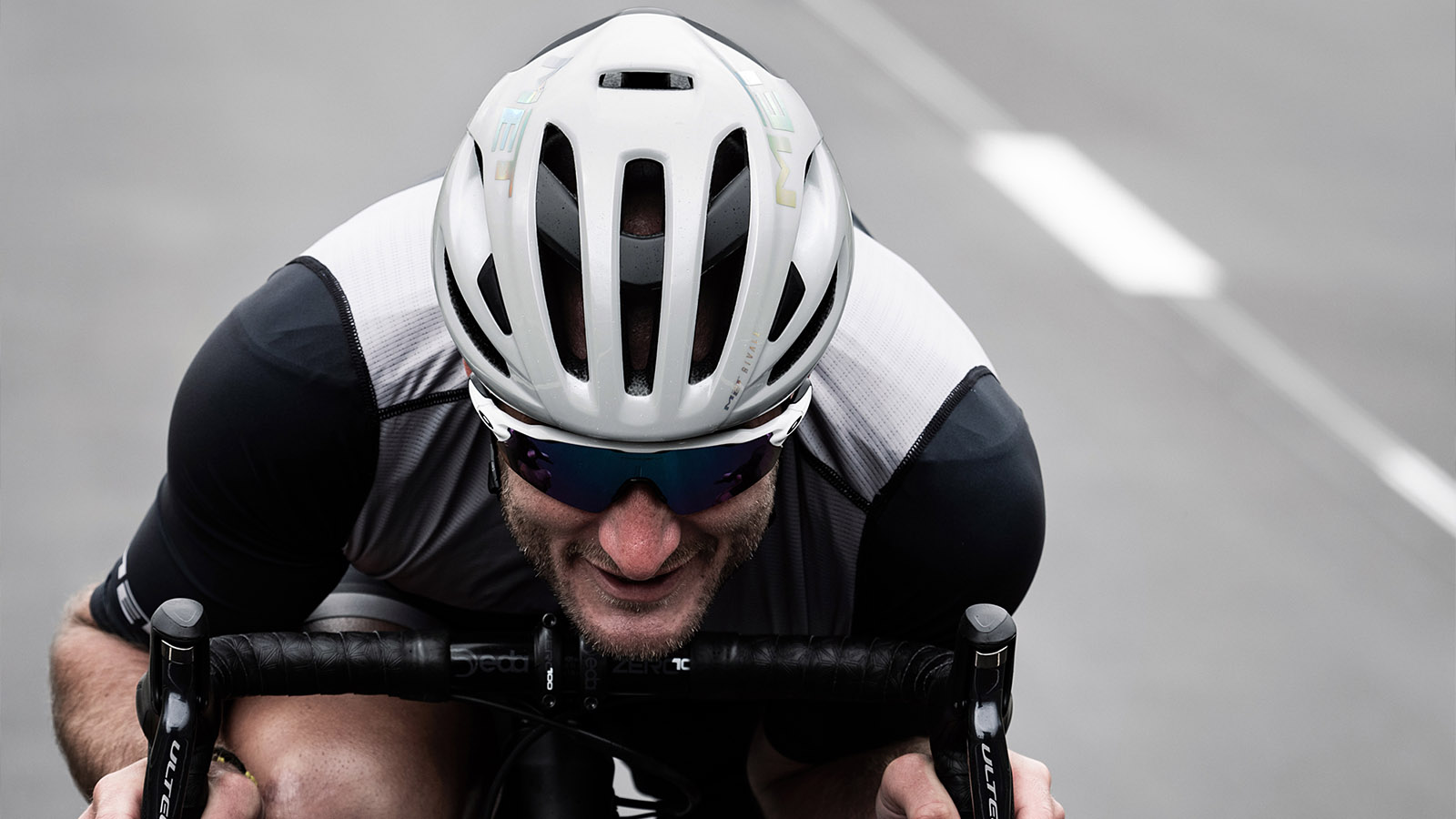
Whether you're just slipping into your first ever pair of bib shorts, or kitting up for your millionth Sunday coffee ride, having the right road helmet can keep you cool, relieve some of the stress on your neck, and in the worst-case scenario, lessen the impact from a head knock.
Modern road helmets are continuing to get lighter, have more integrated safety technology, like MIPS liners, while allowing for better airflow both through the inside of the helmet and around the outside with minimal drag.
Depending on if you're aiming for a PB up your local climb or just pedalling to the top for a better vantage point to take in the view, what you're looking to get out of a road helmet may differ. Here's how to work out, which is the right one for you.
Airflow or aero
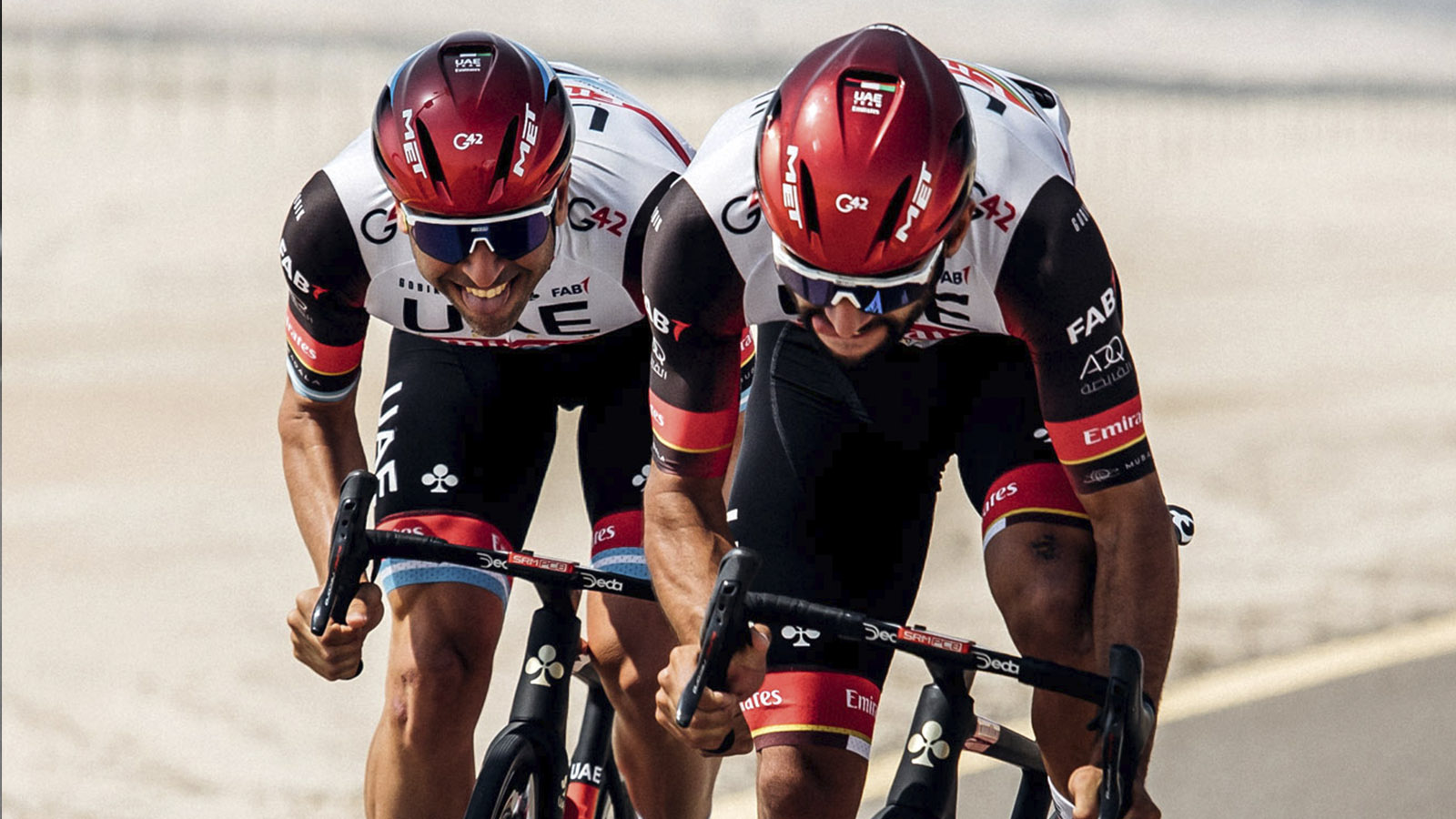
While the ventilation on an aero helmet has improved tenfold from their early ancestors and the latest lightweight and airy lid is faster in the wind tunnel than the previous generation; a vented helmet will still keep your cooler than an aero helmet, and an aero lid will create less drag than a highly vented one.
Ultimately which is right for you depends on what you're planning to do on the bike. Something like the Met Manta MIPS will help you save a few watts on the last lap of a criterium or over the course of a road race; you might need to go fast to enjoy all of its benefits. If you live in a warmer climate or spend a lot of time climbing, a more ventilated helmet like the MET Trenta will offer superior cooling while still offering a degree of aerodynamics.
If you're a multi-discipline rider, your average speed on an XC or gravel ride or with a fully loaded bike packing rig will be quite a bit slower than tucked into a chain gang pulling turns, and a helmet that puts a premium on ventilation will likely serve you better in these situations.
Looking at your riding style and working out the conditions your helmet need to contend with is the first step in finding the right lid.
Budget
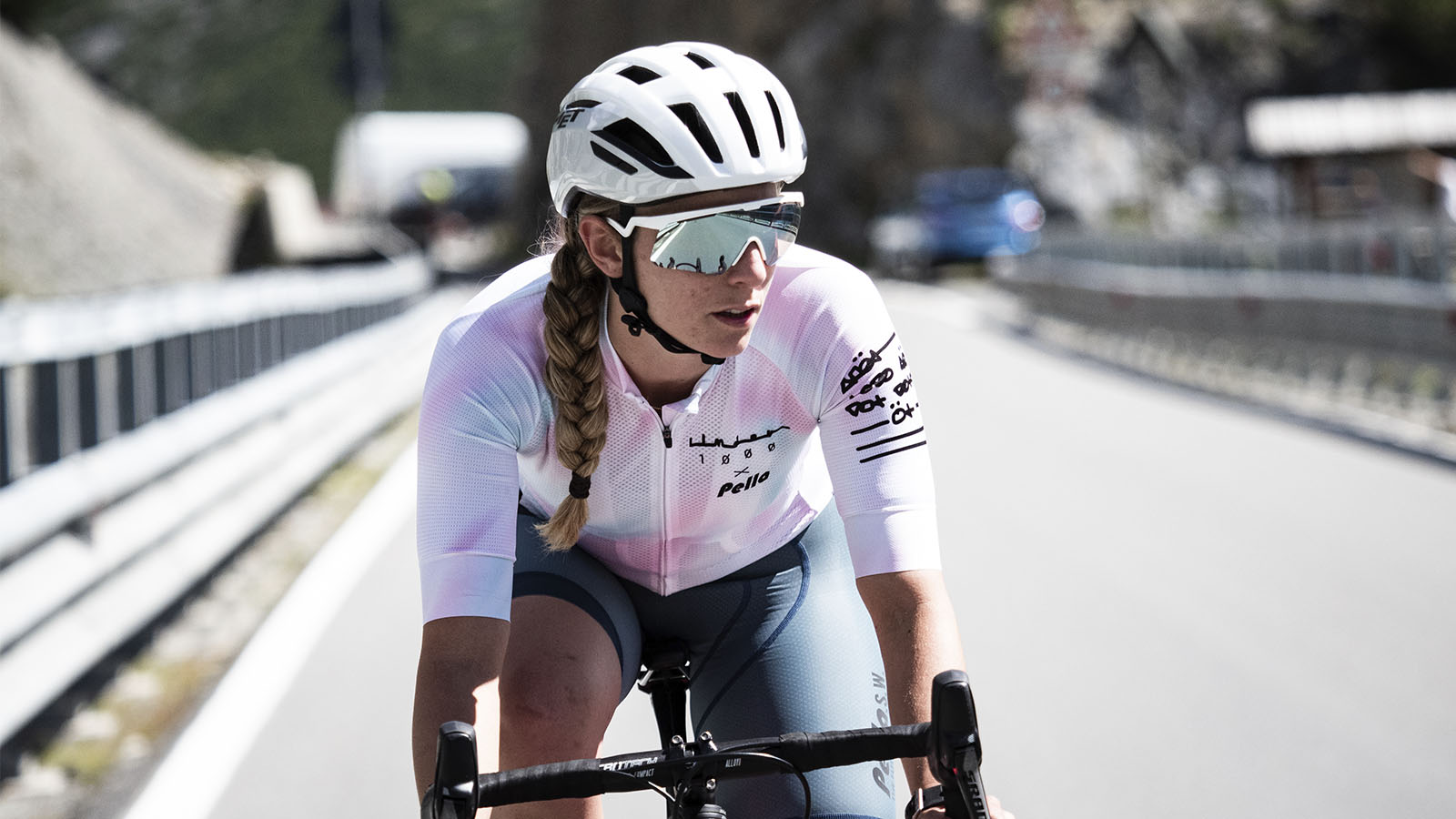
When you're working out how much you may want to spend on your helmet, taking into account how often you're going to use it is a crucial consideration. If you're only riding once a week, the price per use of a brain bucket is quite a lot higher than someone who's riding five days a week, even if the latter spent twice as much.
As you go up in price, helmets start to gain more refined features that some who rides more often may want, which may go unappreciated by the weekend the only enthusiast. Take MET's top of the range Trenta 3K Carbon, there are vents specially designed to hold your sunnies when things get a bit misty and has a carbon fibre skeleton designed to reduce weight. Both add to the cost, but the grams saved by the use of carbon in the shell will be more apparent at the end of a 20+ hour training week than a weekend group ride.
For those that may only don their helmet once or twice a week, the focus should be more on the fit and safety features; things like a quality Safe-T Duo retention system found on the Strale, the MIPS liner in the Rivale and Vinci Mips, or the Duo LED rear light on the Idolo.
Fit and comfort
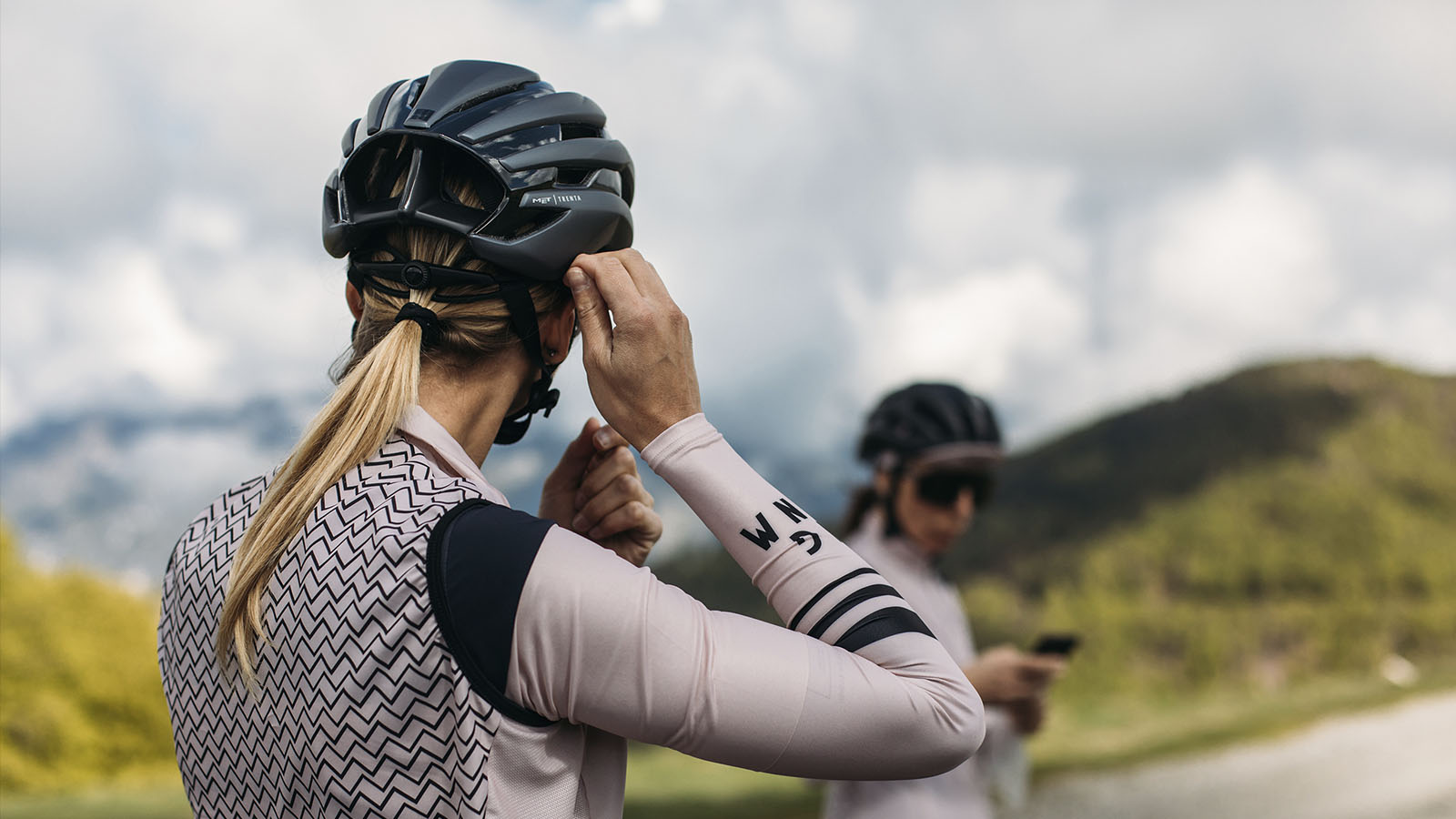
If a helmet is uncomfortable when you first pop it onto your head, in three hours, it's going to be unbearable. Every helmet manufacture uses a slightly different head form and a unique take on padding and retention systems.
MET, for example, uses a belt that runs around the entire circumference of the wears head and is reeled in by a micrometric dial at the back. With the retention system running 360-degrees around the head, it not only allows the helmet to match the shape of your skull but applies pressure evenly the whole way around, rather than just pushing in from the back.
The weight of a helmet can also play a role in overall comfort. Your neck already has to hold up your head on the bike, which is a weighty prospect to begin with, and adding another several hundred grams puts more stress on those muscles. If you’re tossing up between two helmets, you likely won’t notice a few grams either way, but dozens can leave you needing an appointment with the chiropractor.
The amount of noise a helmet makes as you ride is an often under-appreciated aspect of riding comfort, as hours on end of wind noise can take its toll on your sanity and create mental fog. Some of the wind noise can be attributed to the helmet's profile, but the vast majority comes from the straps that sit directly in front of your ears. The type of webbing that's used, and how negotiates your ears can be the difference between a quiet ride and something akin to the sound of a jet engine. MET Helmets utilize an adjustable cam divider so the straps can be positioned perfectly for comfort and to avoid any turbulence and noise created by the webbing.
Ventilation

On a hot day, there is nothing worse than a vent that doesn't provide adequate airflow. While you may see some brand’s boast about the number of holes they can poke in the shell, if they are not backed by sufficient channelling and exhaust ports, the result will be sweat pouring into your eyes from above.
Maxamising the air flowing through the inside of the helmet is the key. MET has engineered its internal air channelling system and signature NACA vent to work in collaboration with the specially positioned exhaust ports to maxamise airflow at both high and low speeds without hampering the aerodynamic performance.
Safety
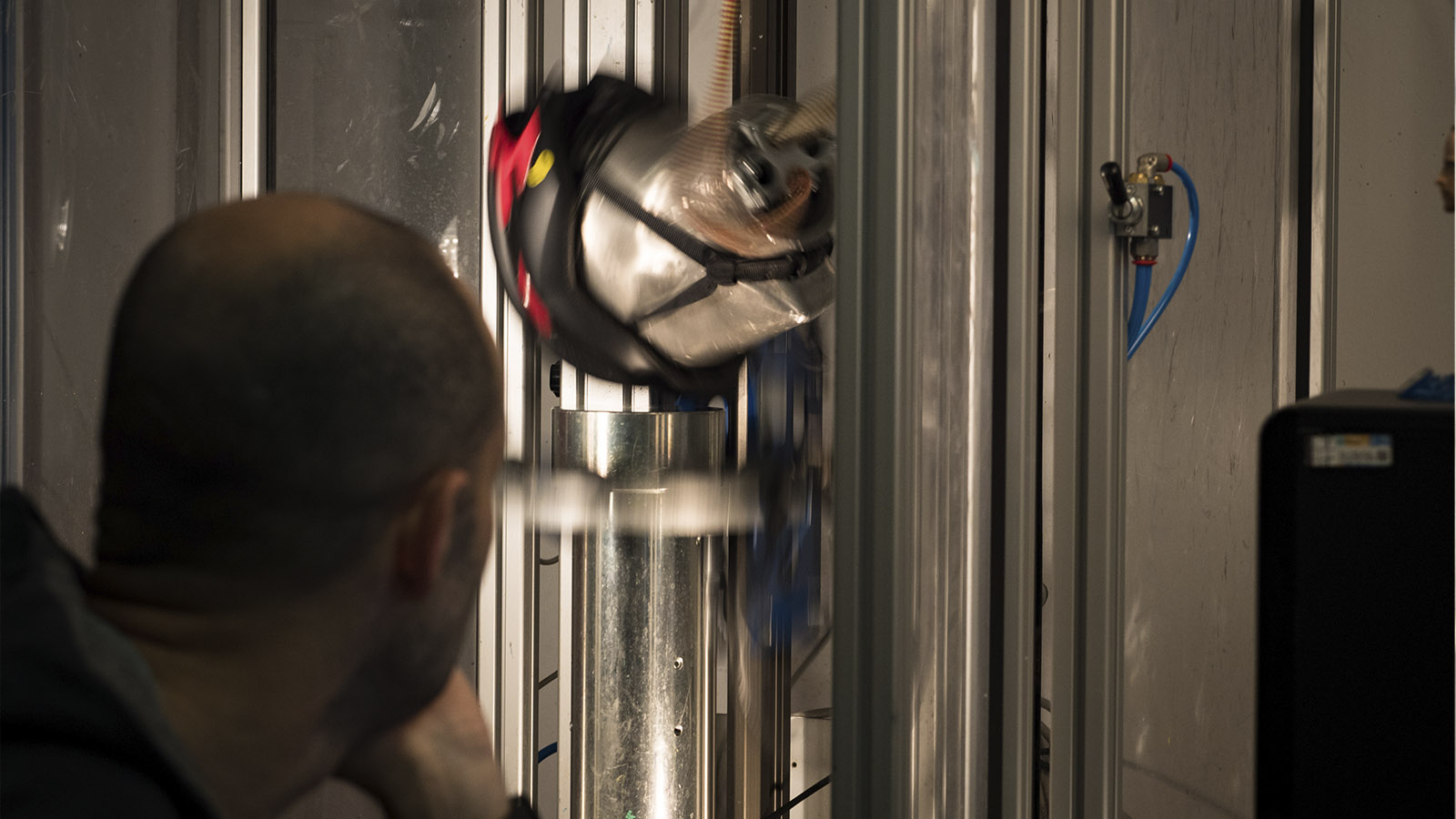
Ultimately, we are wearing helmets to provide some degree of protection for our heads. The helmets sold in your local bike shop will be tested to the majority safety standard used for your region – CE, CPSC and AS/NZs 2063 are the main three. If you are buying a helmet online, be sure to check that it adheres to your local safety standard because if it doesn't, you may be subject to fines, or can potentially have an insurance claim denied should you be injured in a crash.
MET is one of only a few brands with its own in-house testing facilities where it can replicate each of the different impact tests, including rotational impacts. This guarantees the helmet will pass and perform better than what is required by safety standards.
Many new helmets are offered with MIPS liners and internal slip liner connected to the shell with elastomers that are designed to reduce some of the rotational forces your head is subjected to in a crash. MET helmets are available both with and without MIPS liners, like new Rivale MIPS and Manta MIPS.
MET also pioneered the use of a carbon fiber skeleton in open face helmets with the Trenta 3K carbon. Composites are common in full face, DH lids for their strength to weight ratio. The engineers are the Italian helmet manufacturer found carbon’s elastic modulus allowed for a 20-percent reduction in the density of the EPS foam without impacting the helmet's ability to absorb energy.
Beyond just the safety of the helmet itself, ensuring you're visible to other road users is vital, and using a rear light, like the Duo LED that mounts to the adjustment dial on the back of MET helmets will help you be seen.
Unfortunately, no matter what type of cyclist you are, crashes are inevitable. You only get one head, and should you dent or crack your helmet, it needs to be replaced before your next ride. Whether or not a brand offers a crash replacement policy is a worthy consideration when buying a new road helmet. MET, for example, will offer a replacement helmet at a discounted price it is damaged within the first two years of use.
Get The Leadout Newsletter
The latest race content, interviews, features, reviews and expert buying guides, direct to your inbox!
Cyclingnews is the world's leader in English-language coverage of professional cycling. Started in 1995 by University of Newcastle professor Bill Mitchell, the site was one of the first to provide breaking news and results over the internet in English. The site was purchased by Knapp Communications in 1999, and owner Gerard Knapp built it into the definitive voice of pro cycling. Since then, major publishing house Future PLC has owned the site and expanded it to include top features, news, results, photos and tech reporting. The site continues to be the most comprehensive and authoritative English voice in professional cycling.